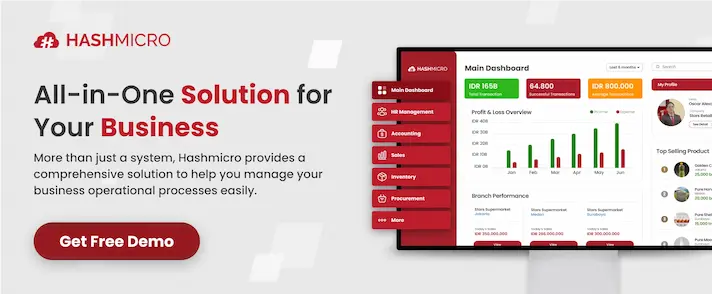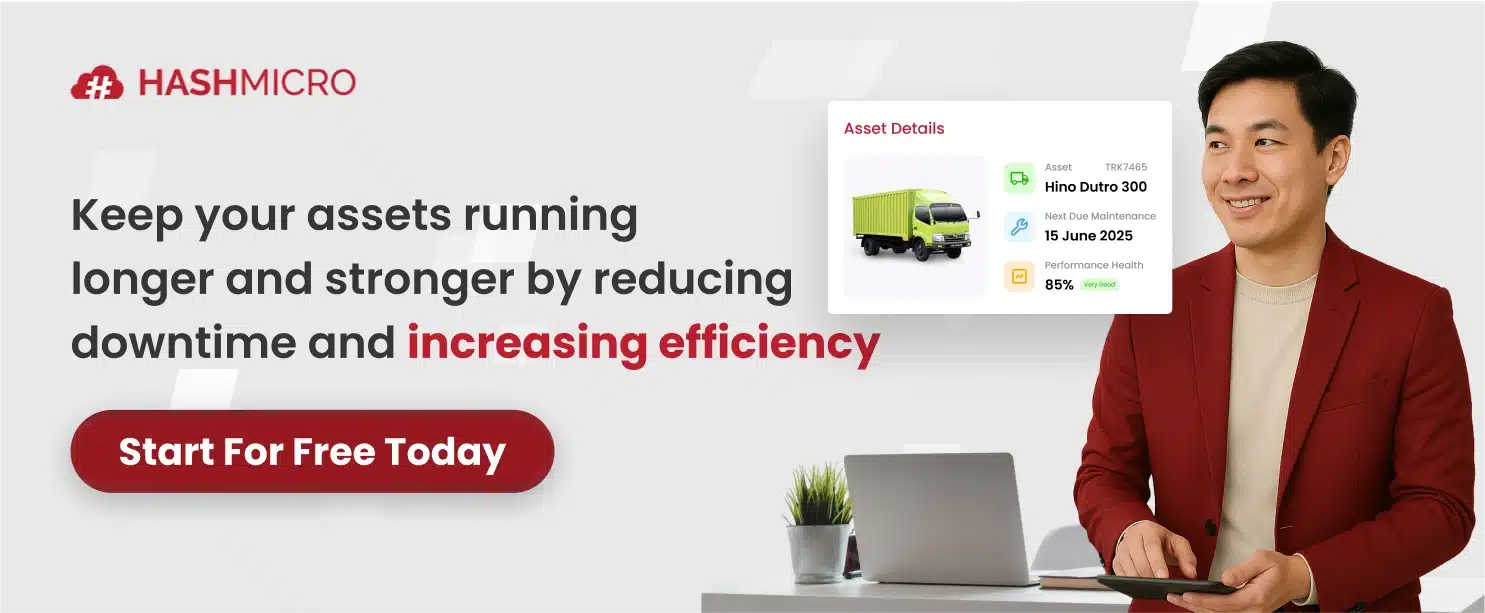Asset audit is the process of verifying and assessing a company’s assets to ensure accurate records and efficient usage. It involves tracking, inspecting, and reconciling asset data with financial reports to identify discrepancies and optimize asset management.
Managing assets can be challenging for businesses, with issues like inaccurate records, lost equipment, or underutilized resources. Therefore, asset audit provides a solution by ensuring assets are properly tracked, accounted for, and used efficiently.
This article will explore asset auditing, from its objectives to the step-by-step process of performing one. Understanding the importance and method behind asset audits can enhance your company’s asset management practices.
Key Takeaways
|
What is Asset Audit and Why is It Important for Businesses?
An asset audit is the process of verifying and tracking a company’s physical and digital assets to ensure accurate records and proper maintenance. It involves cross-referencing asset data with financial records to identify discrepancies and ensure proper usage.
Understanding the importance of an asset audit is crucial for maintaining a company’s financial health and operational efficiency. Below are the key benefits of conducting regular asset checking for your business:
- Better cost control: Helps businesses reduce unnecessary expenditures by identifying unused assets and eliminating redundant purchases or maintenance.
- Streamlined asset management: Simplifies the process of asset tracking and maintenance, often through technology, reducing manual errors.
- Optimized asset utilization: Identifies underutilized or obsolete assets, helping businesses make more informed decisions about asset allocation or replacement.
- Improved financial accuracy: Ensures that all assets are correctly listed on financial reports, reducing the risk of errors or discrepancies.
- Enhanced compliance and security: Ensures that assets are managed according to legal and regulatory standards, reducing the risk of fines or penalties.
- Prevention of loss or theft: Keeps track of all physical assets, helping to prevent loss, misuse, or theft, especially in large or multi-location businesses.
Types of Asset Auditing
Asset audits can vary depending on the type of assets a business manages and the goals of the audit. Understanding the different types of asset auditing can help ensure accurate tracking, compliance, and optimization of their specific assets.
Fixed asset audits
Fixed asset management focuses on long-term assets like machinery, buildings, and equipment. The goal is to ensure these valuable assets are properly accounted for, well-maintained, and aligned with financial records to prevent depreciation errors or mismanagement.
Inventory asset audits
This type of asset audit is primarily used in retail, manufacturing, or F&B and ensures that stock levels match what is recorded. Auditing assets in storage and sales with a proper labeling system can reduce waste, prevent loss, and avoid stock discrepancies that affect cash flow.
IT asset audits
This type involves tracking technology-related assets such as computers, software, and servers. IT asset audits are critical for data security, ensuring compliance with software licensing, and optimizing the lifecycle management of tech equipment through precise asset checking.
Digital asset audits
This type of audit focuses on intangible assets like intellectual property or digital files. It ensures that all digital content is tracked and utilized properly. For companies relying on digital assets, using tools like asset barcode systems helps maintain efficiency in asset tracking.
Steps to Performing an Effective Asset Audit

A successful asset audit requires careful planning and a structured approach to ensure accuracy and efficiency. By following these steps, businesses can streamline their asset auditing process and ensure that every asset is accounted for.
1. Define the scope and objectives
Begin by outlining which assets you will audit and why. Defining clear goals for compliance or financial accuracy helps focus the asset auditing process and ensures that the results align with your business objectives.
2. Organize asset data
Before starting the asset audit, ensure all asset data is current and accurate. This includes details like location, value, and condition. Utilizing an asset tracking system makes data organization more efficient, reducing potential errors in the audit.
3. Perform physical asset checking
Conduct a physical inspection of all assets to verify their existence and condition. Use tools like an asset barcode or RFID system to streamline the process and ensure that all assets are accurately tracked and accounted for.
4. Reconcile asset records with financials
After physically checking assets, compare the findings with your asset records and financial statements. This reconciliation step helps identify any discrepancies and ensures the integrity of your financial reports.
5. Report and take action
Once the audit is complete, create a report outlining any discrepancies and suggested actions. Use the findings to make informed decisions on asset management, such as reallocating resources, repairing items, or updating your asset records.
6. Leverage asset management software
Utilize asset management software to automate and streamline your asset audit. This tool tracks assets in real time, reduces manual errors, and generates instant reports. It ensures accuracy and provides valuable insights for better asset management decisions.
HashMicro’s Asset Management Software Singapore offers all the tools to simplify asset auditing. Click the banner below to explore HashMicro’s pricing schemes and find the perfect solution for your business.
Challenges in Asset Auditing
While asset auditing is essential for maintaining accuracy and efficiency, it comes with challenges. Businesses often face issues that complicate the process, especially if they lack the tools or strategies to manage their assets effectively.
- Inaccurate or outdated data: If asset records are not regularly updated, audits can become lengthy and prone to errors. Missing or incorrect data also makes reconciling assets with financial statements difficult.
- Managing large or dispersed asset portfolios: Businesses with multiple locations or many assets may struggle to track everything in real-time. Without a centralized system, overseeing assets across different sites can be overwhelming.
- Manual asset tracking: Relying on manual methods like spreadsheets or paper records increases the risk of human error. Automating the process with tools like asset management software can reduce mistakes and improve efficiency.
- Compliance with regulations: Companies must ensure their assets meet industry standards, and audits are often necessary for regulatory compliance. Failing to comply with regulations can lead to fines or damage a company’s reputation.
Streamline Your Asset Audits with HashMicro’s Software

HashMicro’s Asset Management Software is a robust solution for simplifying asset auditing by automating tracking and managing your assets. The system consolidates all asset data into one platform to ensure accuracy and prevent discrepancies.
Moreover, HashMicro provides a free product tour and consultation to help businesses understand how the software can meet their specific needs. Companies can see firsthand how the system enhances asset tracking, reporting, and audit efficiency.
Features:
- Asset Stock Take with Barcode: This feature enables quick and accurate physical audits by scanning asset barcodes. It helps eliminate manual errors and speeds up the asset checking process, making audits more efficient.
- Asset GPS Tracking: Track the real-time location of your assets, ensuring they’re where they should be. This feature is especially useful for businesses with mobile or dispersed assets, providing accurate asset tracking and preventing loss during the asset audit.
- Fully Integrated with Accounting: The software automatically calculates depreciation based on asset use and financial data. This integration supports accurate financial reporting during asset auditing and keeps asset value records current.
- Asset Move: Easily track the movement of assets between departments or locations. This feature helps maintain accurate records so auditing assets can be done efficiently, reducing the risk of lost or unaccounted-for items.
- Parent & Child Asset Management: Manage linked assets by grouping them into parent and child categories. This feature simplifies asset auditing by allowing related assets to be tracked and managed together, ensuring nothing is overlooked.
- Repair Order Management: Track asset repairs and maintenance with real-time updates linked to inventory. This feature ensures assets undergoing maintenance are accurately recorded during asset checking and helps minimize downtime.
Trusted by leading companies like McDonald’s, Changi Airport Group, and Hino, HashMicro’s software is used across various industries. Its reliability, scalability, and proven results make it a credible solution for businesses looking to improve their asset management.
Conclusion
Asset audit is essential for businesses to ensure accurate financial reporting, prevent asset loss, and improve overall efficiency. Regularly auditing assets can help companies make informed decisions, optimize resource use, and maintain compliance with industry regulations.
HashMicro’s Asset Management Software simplifies asset auditing by automating data tracking, depreciation, and asset movement. With powerful features like barcode scanning and GPS tracking, businesses can streamline their audit processes and reduce manual errors.
Sign up for a free demo today to see how HashMicro can transform your asset audit. Experience firsthand how the software can help you optimize asset management and boost business efficiency.
FAQ About Asset Audit
-
How to verify assets in an audit?
Verify assets by conducting a physical inspection to confirm their existence and condition. Cross-check the findings with asset records to ensure accurate tracking and proper documentation, often using tools like asset barcodes or RFID systems.
-
How to do a fixed assets audit?
Start by gathering accurate records of all fixed assets, including purchase dates and depreciation details. Then, physically inspect the assets, reconcile findings with financial records, and ensure discrepancies are addressed and properly documented.
-
What is audit evidence for assets?
Audit evidence for assets includes purchase receipts, invoices, and financial statements. Physical verification, photographs, and asset tracking reports also serve as audit evidence to ensure the accuracy of asset records during an audit.
{
“@context”: “https://schema.org”,
“@type”: “FAQPage”,
“mainEntity”: [{
“@type”: “Question”,
“name”: “How to verify assets in an audit?”,
“acceptedAnswer”: {
“@type”: “Answer”,
“text”: “Verify assets by conducting a physical inspection to confirm their existence and condition. Cross-check the findings with asset records to ensure accurate tracking and proper documentation, often using tools like asset barcodes or RFID systems.”
}
},{
“@type”: “Question”,
“name”: “How to do a fixed assets audit?”,
“acceptedAnswer”: {
“@type”: “Answer”,
“text”: “Start by gathering accurate records of all fixed assets, including purchase dates and depreciation details. Then, physically inspect the assets, reconcile findings with financial records, and ensure discrepancies are addressed and properly documented.”
}
},{
“@type”: “Question”,
“name”: “What is audit evidence for assets?”,
“acceptedAnswer”: {
“@type”: “Answer”,
“text”: “Audit evidence for assets includes purchase receipts, invoices, and financial statements. Physical verification, photographs, and asset tracking reports also serve as audit evidence to ensure the accuracy of asset records during an audit.”
}
}]
}




















































